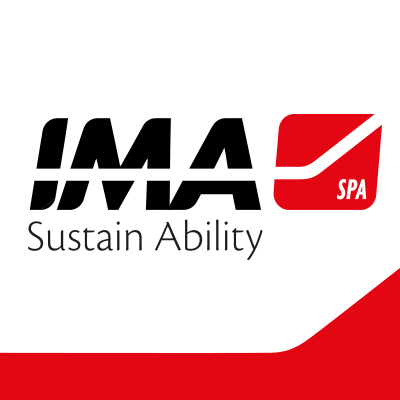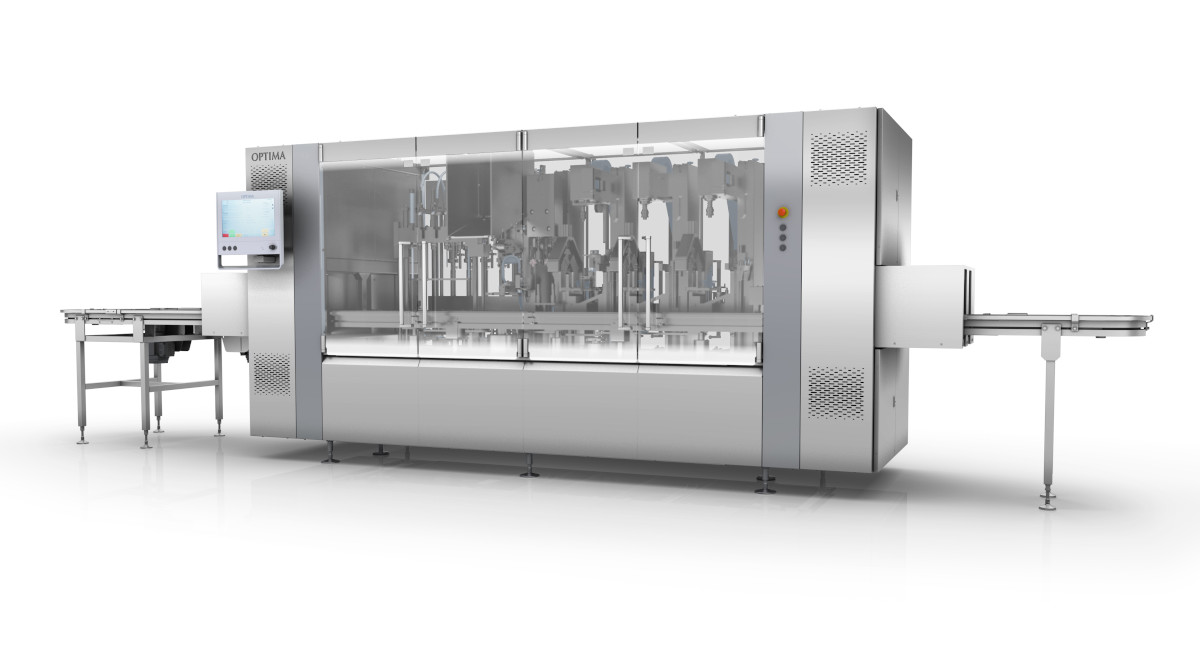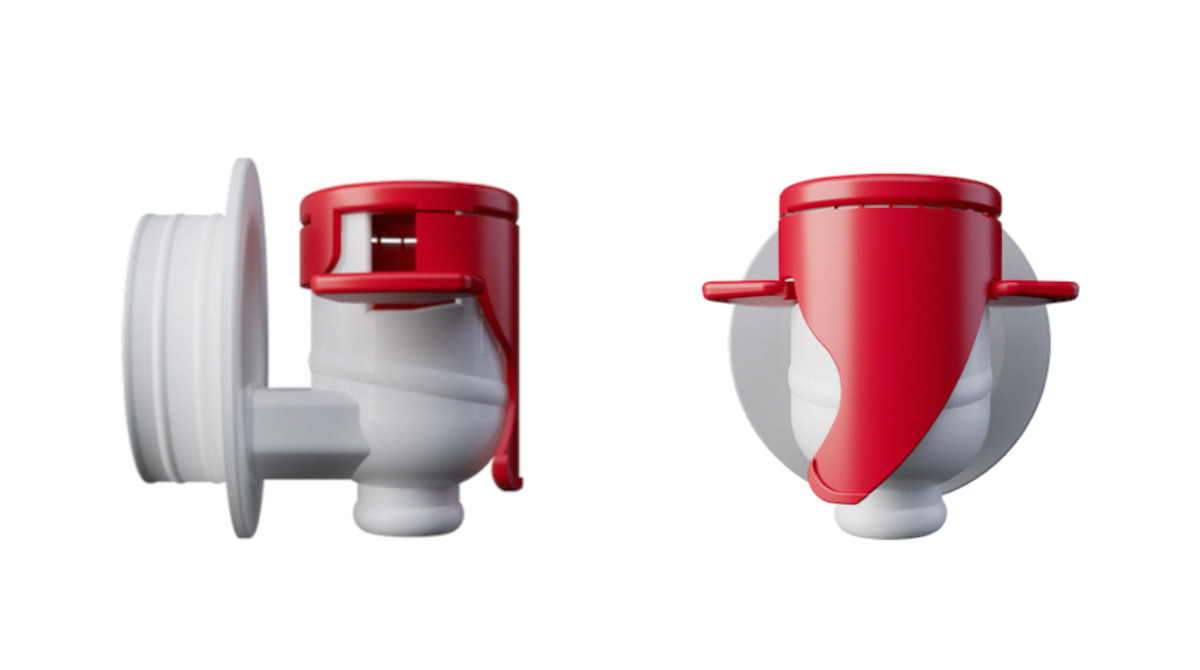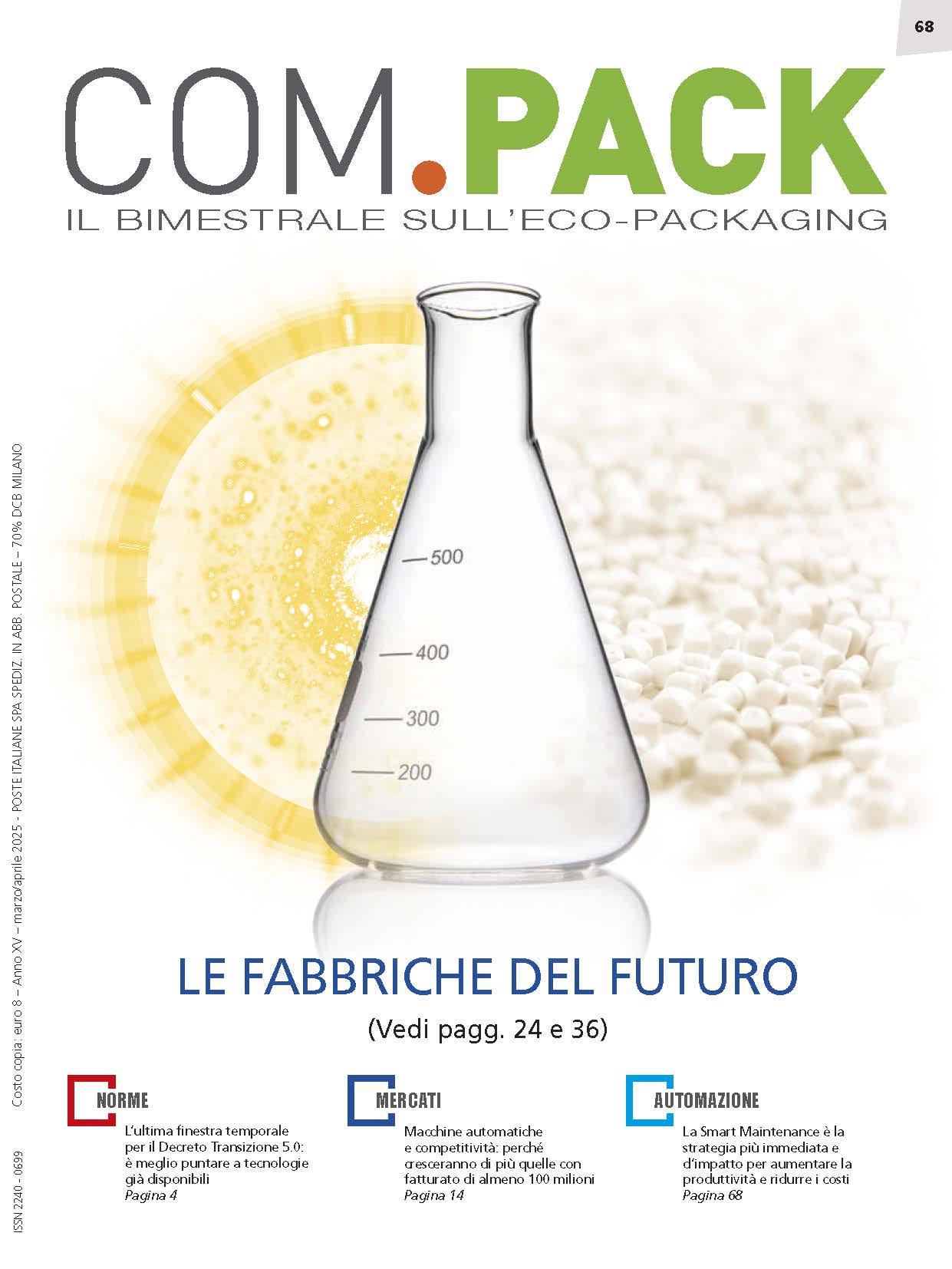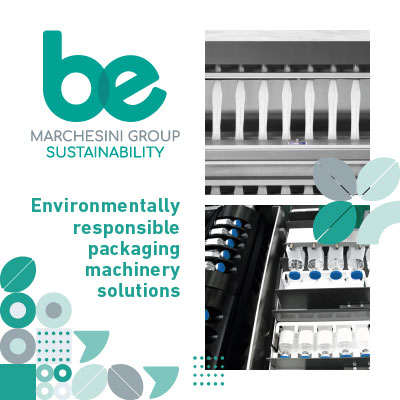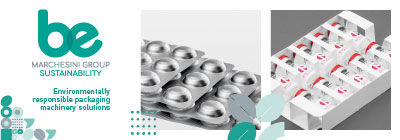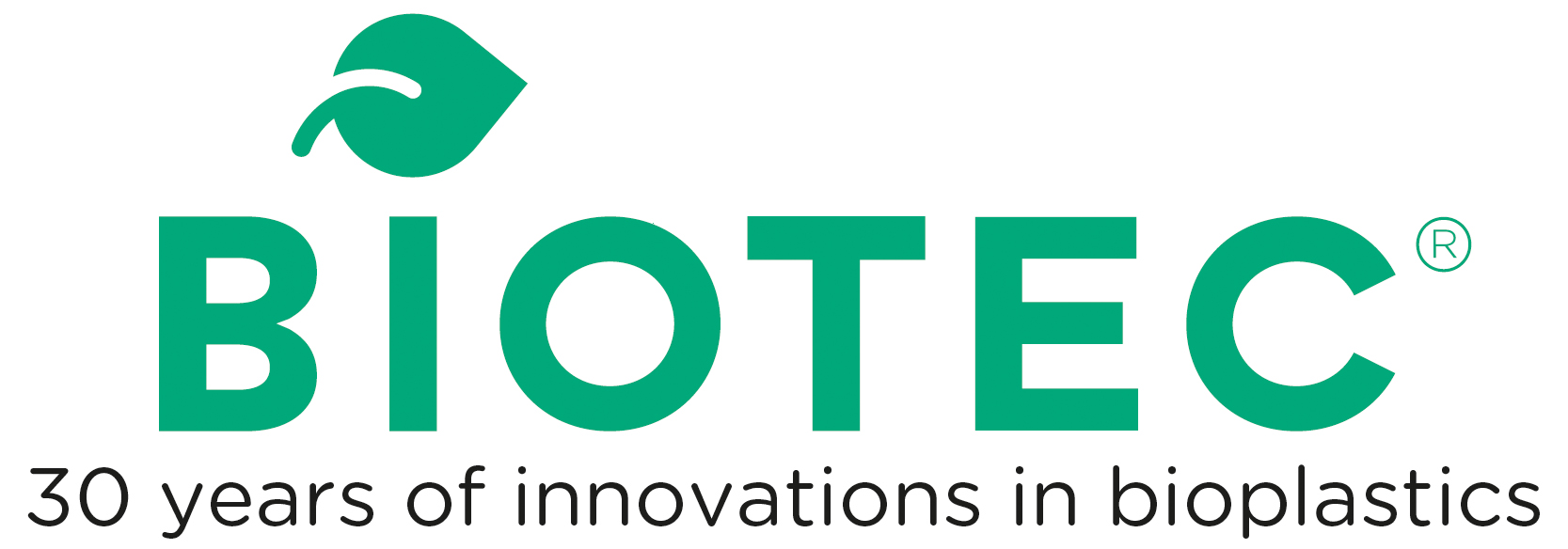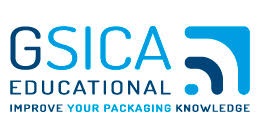Fact.MR launched a report on Low VOC Adhesives Market: the global revenues are valued at US$ 52 billion in 2023 and are forecasted to reach a market size of US$ 85 billion by 2033. Worldwide sales of low VOC adhesives are estimated to increase at a CAGR of 5% from 2023 to 2033. Key applications of low VOC adhesives such as food & beverage packaging and flexible packaging are anticipated to boost market growth substantially over the coming years. Also, packaging paper, bags, bookbinding, leather binding, and wood assembly are some other applications projected to increase the global demand for low VOC adhesives.
Low VOC adhesives can meet the demands for new projects that are specific requirements, such as water resistance, strong bond strength, and quick cure under growing humidity. Green adhesives or those with low VOC levels are becoming more and more popular as a result of the growing consumer demand for environmentally friendly or green products. Sustainable adhesive solutions are being developed as a result of increased awareness of 'green' or environmentally friendly structures in the worldwide construction industry. These glue choices are made from materials that are biodegradable, recyclable, renewable, or recycled.
Formaldehyde, toluene, mineral spirits, and xylene are examples of VOCs that are often used. Low VOC adhesives are compliant with all laws and have the least detrimental effects on indoor air quality. Manufacturers of adhesives must work hard to stay up with the evolving laws on the quantity of permitted VOC. As a result, there is a considerable need for low VOC adhesives.
The market for low VOC adhesives is significantly influenced by the expansion of the construction and woodworking sectors. The potential benefits of these adhesives, such as high-temperature resistance, high water resistance, ease of usage, and stability, support their expanding use in various industries.





